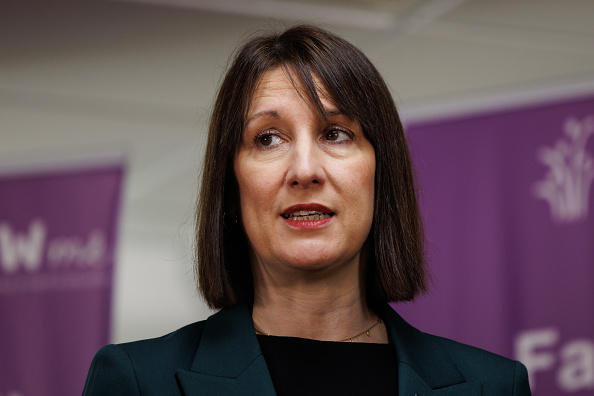Self-employed people have been identified as potential beneficiaries of the Lifetime ISA (LISA) and for a minority of them this may be true.
However for most of them, the LISA will not fix their long-term savings pensions crisis, according to Hargreaves Lansdown, an investment management and pensions provider.
A report by the organisation finds the number of self-employed workers is rising as the economy quickly evolves to suit a more flexible working pattern, putting a significant strain on their long-term savings.
There is a worry that the LISA will miss a large part of its target market, further increasing the collapse of retirement provisions for the self-employed.
Hargreaves Lansdown is calling on the government to include the self-employed in its forthcoming review of auto-enrolment in 2017.
Tom McPhail, head of retirement policy at Hargreaves Lansdown, says, ‘The self-employed are a rapidly growing segment of the economy, yet savings policy has completely left them behind. Most of them aren’t saving in pensions and most of them aren’t eligible for the forthcoming Lifetime ISA.
‘We have already proposed reforms to pension tax relief which could deliver more attractive incentives and rewards for the self-employed who do choose to save, but more needs to be done.’
McPhail says the government can’t ignore this developing pensions crisis any longer; next year’s auto-enrolment review should be extended to explore ways to give the self-employed the benefits of the same nudges which are currently being used with employees.
In 2014/15, self-employed pension contributions had fallen to £1.22 billion, its lowest level since 2001.
As of July 2016, there were 4.76 million self-employed workers in the UK. McPhail worries that this downturn in contributions can only get worse without government intervention.
Three proposals to fix the problem
One way of combatting this, according to Hargreaves Lansdown, is to extend auto-enrolment to the self-employed.
By definition, the self-employed can’t be auto-enrolled into a workplace pension. McPhail believes the time has come for the government to take the bold step of utilising the tax system to automatically collect contributions from the self-employed and to pay those contributions into a private pension for them.
They should also be given the choice to opt out, but only via the pension scheme and only after they have been defaulted into a pension to start with.
An alternative solution would be to reform pension tax relief for the self-employed.
Hargreaves Lansdown wants to produce a set of policy proposals to reform the pension and ISA rules to make them simpler, fairer and more efficient.
McPhail says ‘These proposals would include giving the self-employed a more generous top-up to their pension contributions than the current basic rate of income tax.
‘A 30 year self-employed worker would receive a top up of £7 for every £10 they paid into their pension, whilst a 50 year old would receive £5 for every £10 they invested.’
Finally, McPhail suggests an auto-enrolment to the scheme combined with individual choice and control of contributions to combat the pensions crisis.
McPhail says, ‘We propose giving all individuals, employed and self-employed control and choice over their pension arrangement. For employees this would mean using their employer’s auto-enrolment scheme as a default option but allowing them to select an alternative scheme to receive theirs and their employer’s pension contributions if they choose.’
Further reading on pensions





